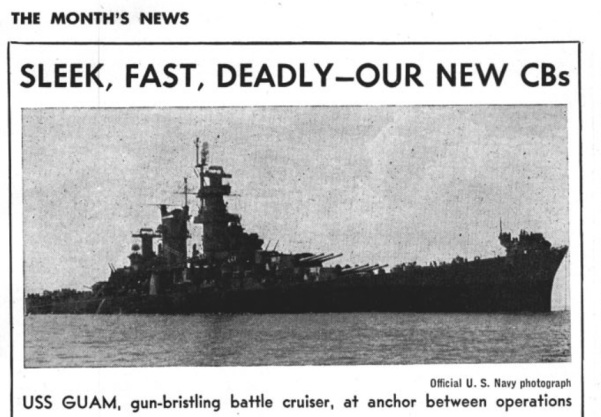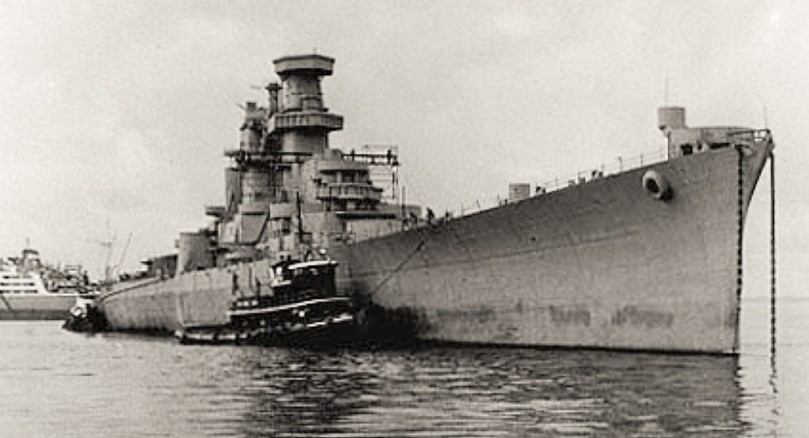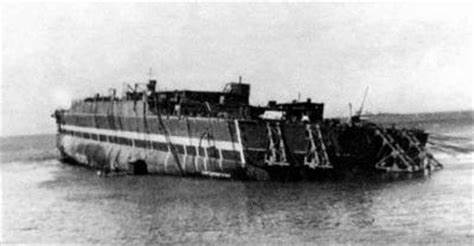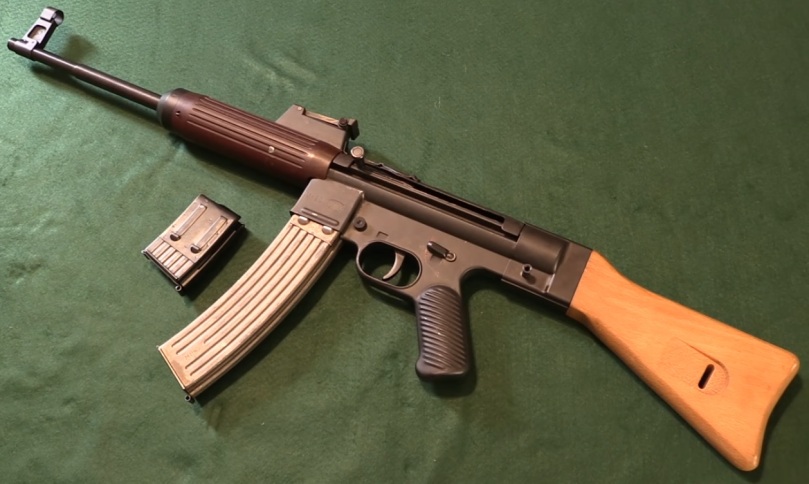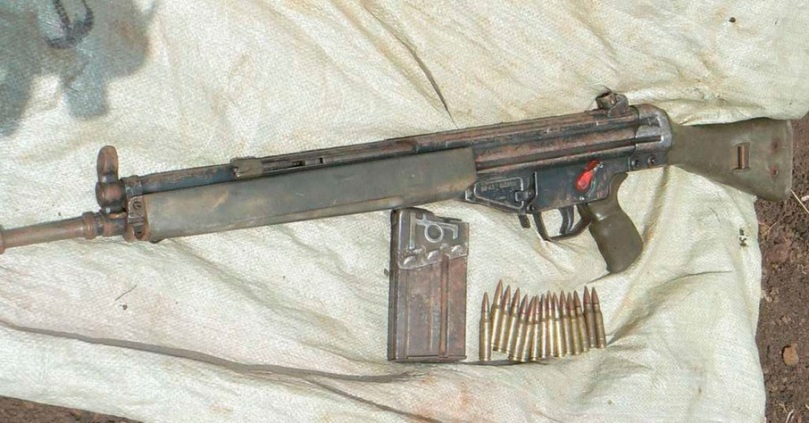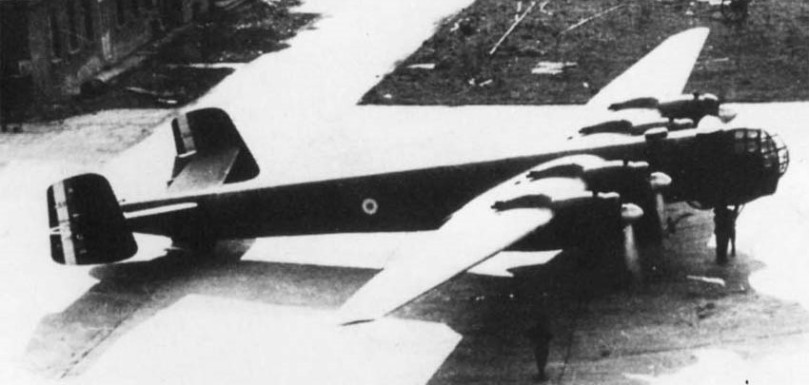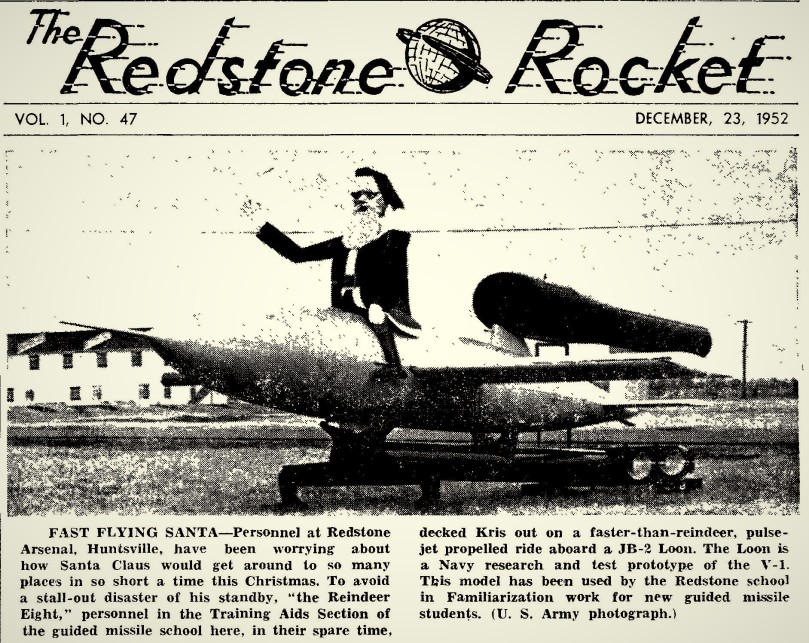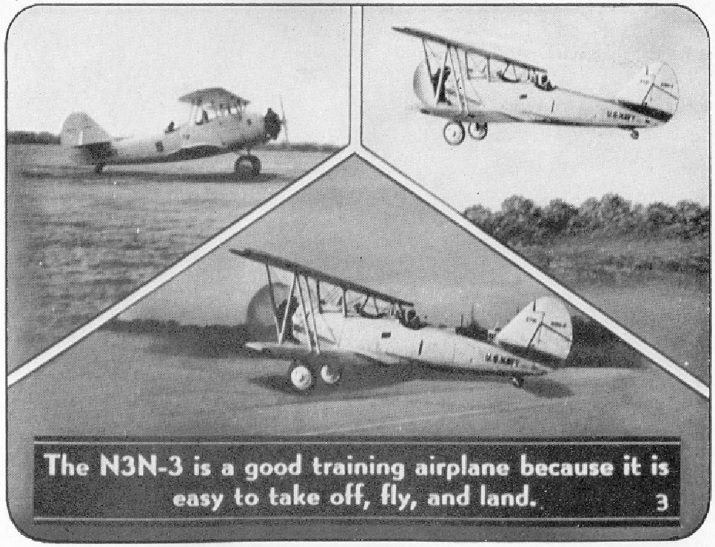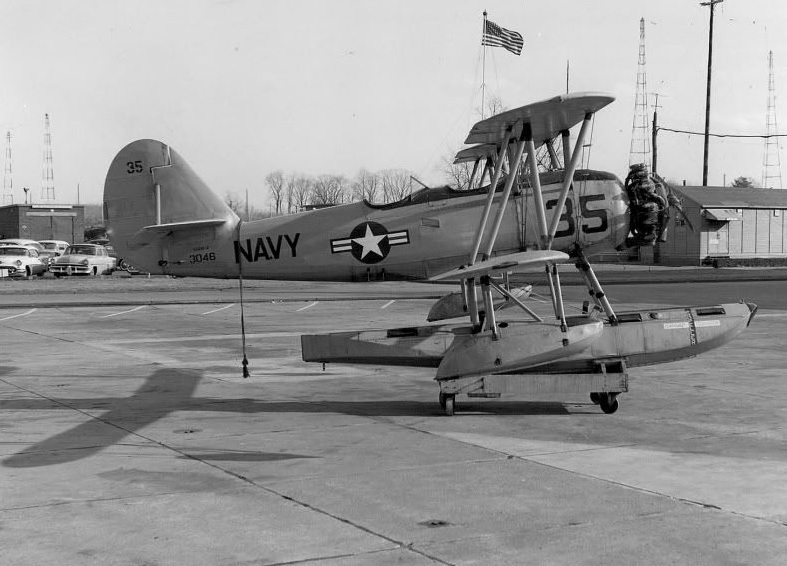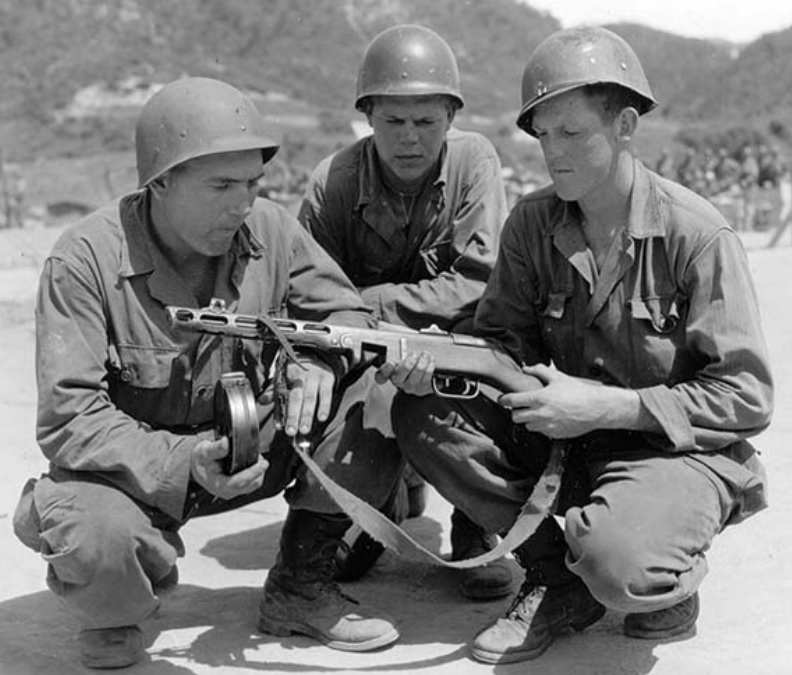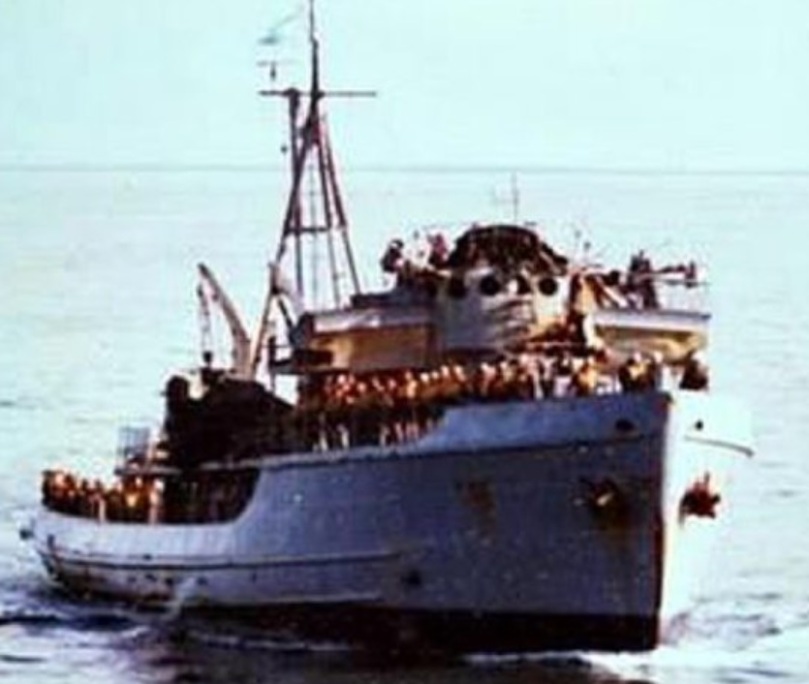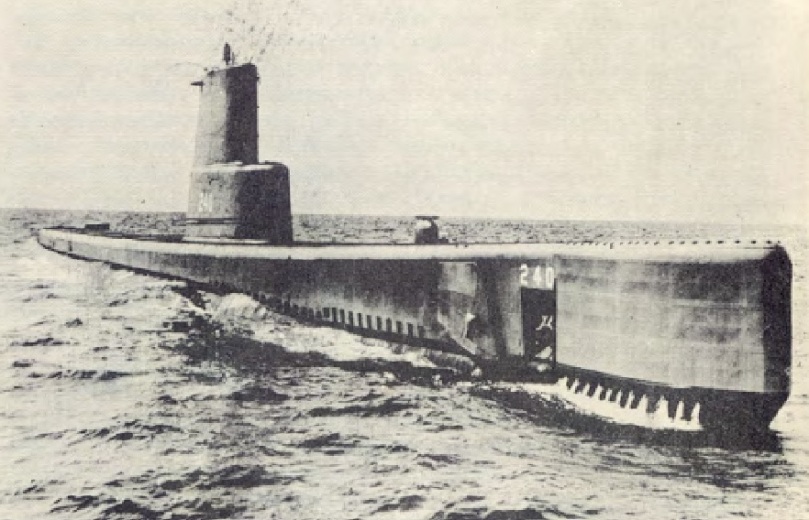Many Americans of a certain age consider Panama only as the bisected nation on either side of the now-defunct Panama Canal Zone, while a younger generation only recalls it as one of the USA’s “regime change” operations.
Panama, the independent nation, once had its own small army which used WWII arms long after WWII.
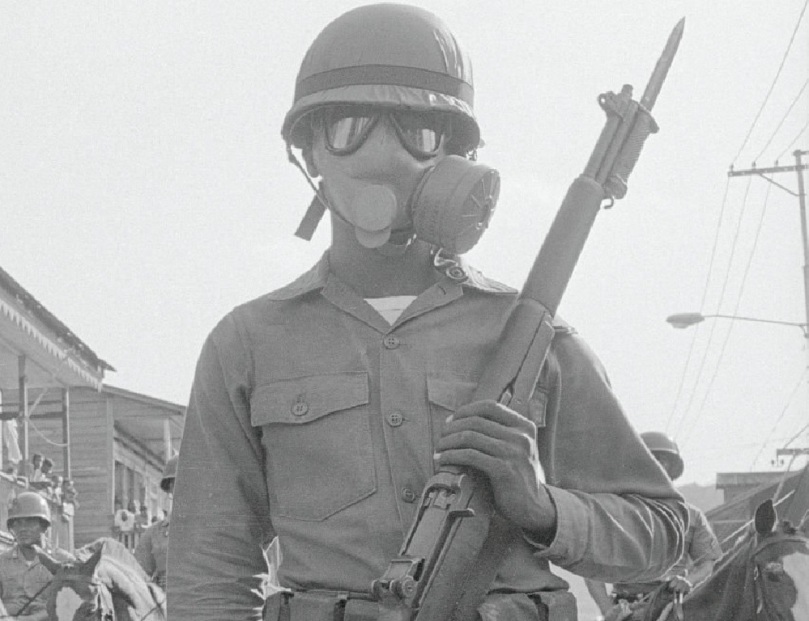
(Panamanian soldier with WWII M1 pot helmet and M1 Garand rifle, in tear gas mask during a 1968 coup.) (photo via Bettmann images)
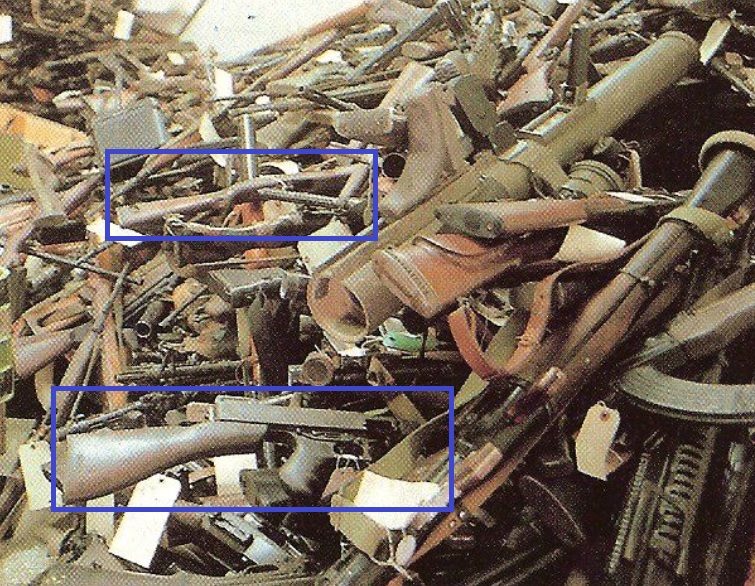
(Within this mountain of Panamanian weapons captured during 1989, is a WWII M1 carbine and M1928 Thompson submachine gun.)

(WWII American M1 pot helmet of the Panama Defense Force’s (PDF) military police captured in 1989. During the 1980s the PDF had reconditioned some of these old helmets with new suspensions, even as kevlar helmets entered the army.)
Read More »
